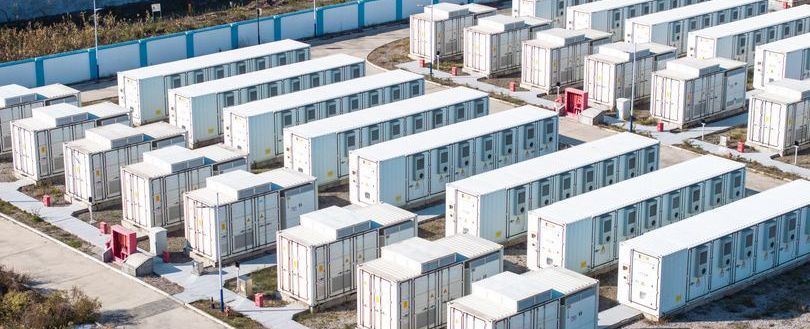
Is BESS the Best Choice? The Firefighting Hazards of Battery Energy Storage Systems
Like it? Share it!
17 July 2025
Battery Energy Storage Systems (BESS) are playing an increasingly important role in our shift to a greener energy future. They help stabilise the grid, support the integration of renewables, and offer reliable backup power. But as these systems become more common, concerns about the risks they pose, especially to firefighters, are growing.
While the environmental and financial benefits of BESS are well understood, they bring with them a set of unique hazards that can be incredibly challenging for even seasoned emergency crews.
The Hidden Danger: Thermal Runaway
A key concern is the threat of thermal runaway. This occurs when a lithium-ion battery cell overheats, often due to defects, physical damage, or electrical issues. A single cell failure can spark a domino effect, resulting in a series of cell failures that generate intense fires. These fires are notoriously hard to put out and, in some cases, may reignite or smoulder for days on end, posing a persistent risk and logistical headache for emergency services.
Unlike typical house or car fires, BESS incidents behave unpredictably. Conventional firefighting techniques—such as using water or foam—may not work, and in certain situations can make matters worse. Applying water to an energised battery system, for instance, can produce hydrogen gas, increasing the risk of explosion.
Toxic Gases and Limited Intel
The hazards don’t stop at fire. BESS fires often release highly toxic gases such as hydrogen fluoride, which can present serious respiratory dangers, particularly in enclosed or densely populated areas.
Another significant challenge is the lack of real-time data during an incident. Firefighters are frequently dispatched without key information on the system’s charge level, temperature, or exact fault location. This leaves crews making rapid decisions with only partial knowledge, increasing the danger for both responders and the public.
A Widening Training Gap
Many fire services, especially smaller or rural ones, are not yet fully trained or equipped to handle BESS incidents. The speed at which these systems are being rolled out hasn’t been matched by updated training or standard operating procedures, meaning responders are often facing unfamiliar, high-risk scenarios with limited preparation.
Collaboration is Crucial
To reduce these risks, cooperation between manufacturers, regulators, and emergency services is essential. System designers must prioritise firefighter safety through features like remote monitoring, emergency shutdowns, clear labelling, and accessible data for first responders.
At the same time, local authorities and national regulators must push for mandatory training and revised fire codes tailored to energy storage technologies.
Balancing Innovation and Safety
BESS will be vital to delivering a sustainable energy future. But that progress mustn’t come at the expense of those who protect our communities. By addressing the specific risks these systems present to firefighters, we can move forward safely, ensuring technological advances don’t put lives in jeopardy.
View the source.
Our eNews provides regular insight into industry trends, news headlines, and product and service information. For more articles like this Subscribe to our enews.
Related news
Related resources
-
Passenger Service Vehicle - Guidance Note
05 September 2023
